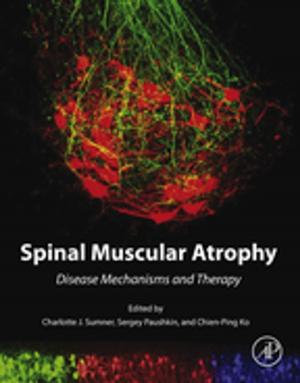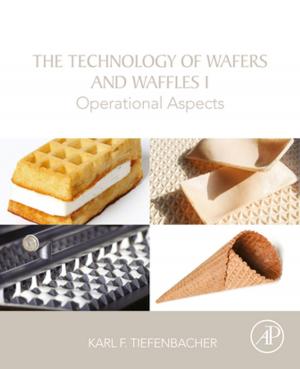Lithium-Ion Battery Chemistries
A Primer
Nonfiction, Science & Nature, Science, Chemistry, Physical & Theoretical| Author: | John T. Warner | ISBN: | 9780128147795 |
| Publisher: | Elsevier Science | Publication: | May 10, 2019 |
| Imprint: | Elsevier | Language: | English |
| Author: | John T. Warner |
| ISBN: | 9780128147795 |
| Publisher: | Elsevier Science |
| Publication: | May 10, 2019 |
| Imprint: | Elsevier |
| Language: | English |
Lithium-Ion Battery Chemistries: A Primer offers a simple description on how different lithium-ion battery chemistries work, along with their differences. It includes a refresher on the basics of electrochemistry and thermodynamics, and an understanding of the fundamental processes that occur in the lithium-ion battery. Furthermore, it reviews each of the major chemistries that are in use today, including Lithium-Iron Phosphate (LFP), Lithium-Cobalt Oxide (LCO), Lithium Manganese Oxide (LMO), Lithium-Nickel Manganese Cobalt (NMC), Lithium-Nickel Cobalt Aluminium (NCA), and Lithium-Titanate Oxide (LTO) and outlines the different types of anodes, including carbon (graphite, hard carbon, soft carbon, graphene), silicon, and tin.
In addition, the book offers performance comparisons of different chemistries to help users select the right battery for the right application and provides explanations on why different chemistries have different performances and capabilities. Finally, it offers a brief look at emerging and beyond-lithium chemistries, including lithium-air, zinc-air, aluminum air, solid-state, lithium-sulfur, lithium-glass, and lithium-metal.
- Presents a refresher on the basics of electrochemistry and thermodynamics, along with simple graphics and images of complex concepts
- Provides a clear-and-concise description of lithium-ion chemistries and how they operate
- Covers the fundamental processes that occur in lithium-ion batteries
- Includes a detailed review of current and future chemistries
Lithium-Ion Battery Chemistries: A Primer offers a simple description on how different lithium-ion battery chemistries work, along with their differences. It includes a refresher on the basics of electrochemistry and thermodynamics, and an understanding of the fundamental processes that occur in the lithium-ion battery. Furthermore, it reviews each of the major chemistries that are in use today, including Lithium-Iron Phosphate (LFP), Lithium-Cobalt Oxide (LCO), Lithium Manganese Oxide (LMO), Lithium-Nickel Manganese Cobalt (NMC), Lithium-Nickel Cobalt Aluminium (NCA), and Lithium-Titanate Oxide (LTO) and outlines the different types of anodes, including carbon (graphite, hard carbon, soft carbon, graphene), silicon, and tin.
In addition, the book offers performance comparisons of different chemistries to help users select the right battery for the right application and provides explanations on why different chemistries have different performances and capabilities. Finally, it offers a brief look at emerging and beyond-lithium chemistries, including lithium-air, zinc-air, aluminum air, solid-state, lithium-sulfur, lithium-glass, and lithium-metal.
- Presents a refresher on the basics of electrochemistry and thermodynamics, along with simple graphics and images of complex concepts
- Provides a clear-and-concise description of lithium-ion chemistries and how they operate
- Covers the fundamental processes that occur in lithium-ion batteries
- Includes a detailed review of current and future chemistries















